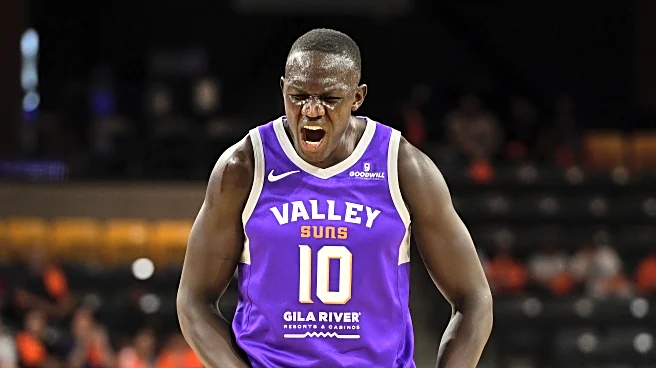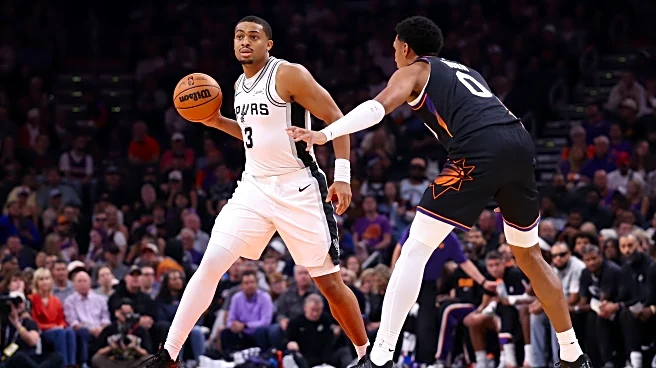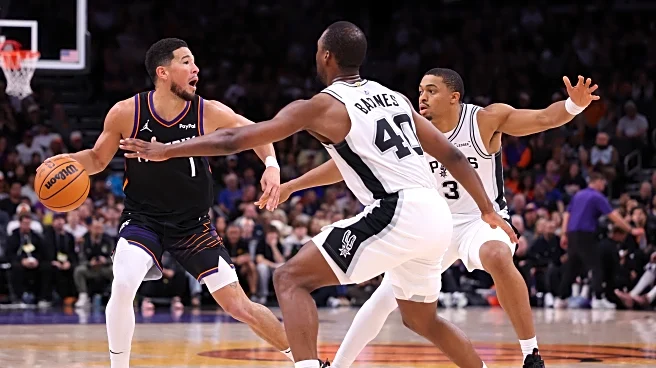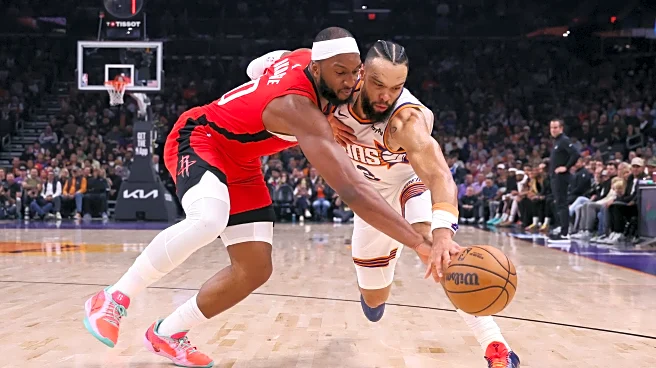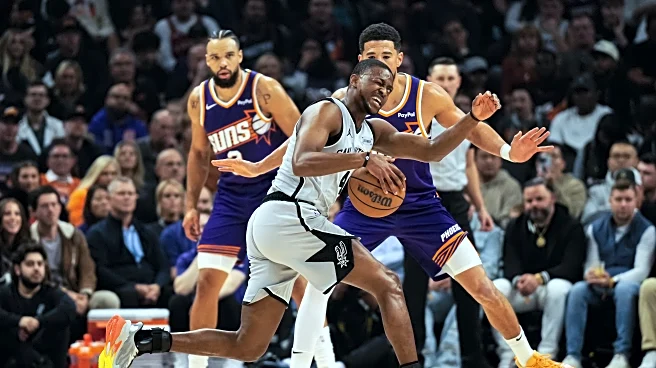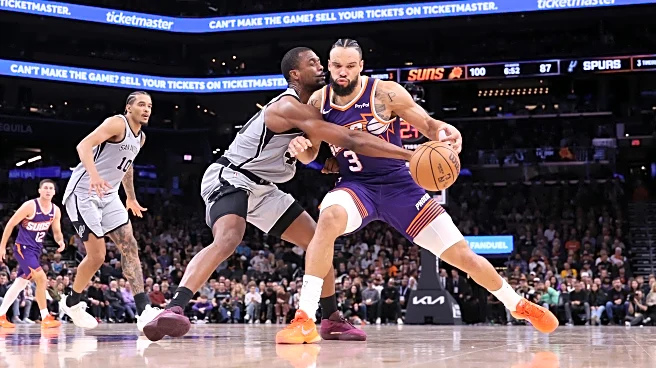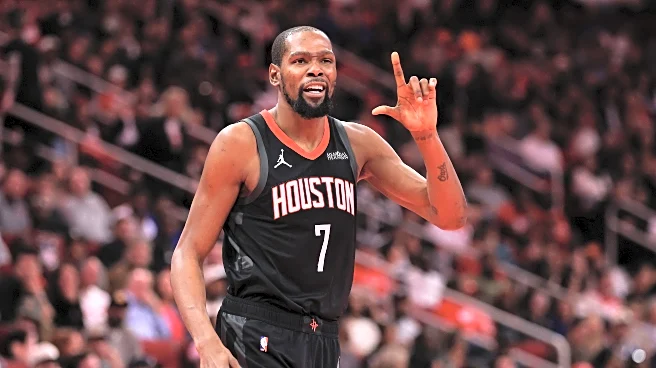We still do not know who Khaman Maluach is as a professional basketball player. The Phoenix Suns took him 10th, and since then, they have wrapped him in mystery and limited minutes. With a night off for the big club, they packed him down to Tempe and pointed him toward run with the Valley Suns.
So how did he look? I cleared the evening. I locked
in on every possession. This was a full observation exercise. Tape by eye test. Shot by turnover. A rookie under bright lights and cold gym air.
Like a Tarantino opening scene, we will start with the end. The stat line reads like the bones of a player being built. In 28 minutes played, he scored 7 points of 3-of-7 shooting, including 0-of-2 from deep, adding 8 rebounds (1 offensive), and swatting 2 shots. He also had 5 turnovers and 5 fouls.
Here. I even made a graphic for the night.

Thoughts on he what it means will come later. First, the quarter-by-quarter journal. The second G League game of his career. A night in Tempe, and a better idea of who Maluach might become.
First Quarter: The Wheels Wobble Early
Khaman Maluach opened the night feeling out the rhythm, and it showed. First touch of the game, he put the ball on the deck going left, lost the handle, and handed over a turnover instead of momentum. A few minutes later he tried to establish post position but couldn’t even secure the entry feed. The ball never found him cleanly, and the possession died on the vine.
His next chance came in transition, and again the mechanics weren’t smooth. He fumbled the catch, forced up a layup that didn’t fall, then compounded it with an offensive foul in the same sequence. Just a rough collision of effort and execution. Then at the 5:20 mark, he tried to settle himself with a jumper, but the ball slipped on the gather, producing yet another turnover. Every touch felt like work.
His first rebound came almost by default as it was a transition miss where nobody needed to be moved, boxed out, or bullied. He collected it, yes, but it didn’t feel earned so much as inherited. Moments later, at 4:59, he checked out and had 3 fouls to his name.
Second Quarter: First Signs of Life
Maluach opened the second with more stability, finally getting his hands on something solid.
First defensive trip, he snatched the board clean. Next time down, he didn’t grab it himself but redirected the rebound to a teammate with active hands that were present and involved. He did lose his man on a later possession, giving up inside leverage, but sheer size bailed him out as he still secured the defensive glass. Progress, even if imperfect.
Offensively, he finally settled in. From the top of the key, he threaded a sharp pass to a cutting Damion Baugh that sliced the defense and drew free throws. But defensive habits bit back: he sagged too deep into the paint on a weak-side action, and his assignment punished it with a three.
Then a spark arrived. A clean, confident block, one made for the highlight reel and destined to float across Twitter feeds. It juiced his activity, and suddenly everything had more force. He got on the board with a strong spin into the paint, finishing with a left-handed layup through contact and energy. Next possession, a give-and-go, smooth and instinctive, another two. The rhythm finally found him, not the other way around.
He closed the half with one more defensive board. It was A far better quarter for him, built on impact, tempo, and moments you can circle as growth.
Third Quarter: Caught in the Undertow
The third quarter opened like a step backward. Maluach’s positioning wavered, and it cost him. He missed a rebound he could’ve attacked, then lost track of his man drifting beyond the arc, who punched it from deep. On the other end, Rip City sat in a zone and dared him to shoot. He took the open left corner three and came up short.
Next touch came from Koby Brea at about 19 feet with room, momentum, an opening. Maluach put his head down and went, but the collision went against him. Offensive foul. His fourth. And like clockwork, the pendulum swung back on defense: his assignment buried another three.
He returned to the paint looking for an answer. Drove hard, went right, spun back left. It was a good move, Maluach just didn’t finish. The effort stayed alive, though. He grabbed the offensive board and earned free throws, but missed the one-for-two attempt.
A defensive rebound followed off a blown layup, but the real story of this stretch was the run happening around him: Rip City piling on, a 19–0 flood while he floated inside the current rather than steering it.
Then finally, a spark. A lob that wasn’t clean yet he adjusted mid-air, tipped it home through contact, and earned the and-one. This time, he knocked down the free throw. A pulse in a quarter that needed one.
Fourth Quarter: Good Looks, No Landing Gear
The fourth opened with effort that lacked teeth. Maluach attacked the glass out of a pick-and-roll setup, but the challenge stopped short of force. He reached. He didn’t impose. The rebound slipped away without real resistance. On the next defensive stand, his man drove left and beat him clean to the rim. No bump, no angle sealed, nothing to slow the momentum. It ended the only way it could: a dunk.
Offensively, he went back to the same move he leaned on in the third, the right-hand attack, spin back left, shot up through traffic. But this time the finish just wasn’t there. The play looked rushed, maybe predetermined, and the defense swallowed it.
Then came the isolation. A guard hunted him, dragged him out into space, dribbled into rhythm, and simply blew past him for a layup. Nothing subtle about it. Just speed, angle, and a defender half a beat late.
After a short breather, he returned with another clean look as he was wide-open three from the perimeter. It had the right shape, the right process, the right moment. But it came up short again.
A quiet close to a night that flashed promise, frustration, growth, and reminders of how far he still has to climb.
So what does any of this mean?
Well, it does not leave you warm inside. I know that feeling. Fans fall into the idea that maybe the Suns missed on a pick. I understand it, because I live in that neighborhood too. I want Khaman to go to the G League and throw bodies around. I want dunks. I want dominance. I want the look of a player ready for the big stage.
What we are seeing instead is the case for why those NBA minutes have not come yet. You watch him, and you feel the rawness. The hands are shaky, like the ball is alive and he is trying to hold it while it squirms. Sealing inside is hit or miss, and his grip on physical space is still forming.
When I watch him, however, everything feels a fraction late. The mind trails the moment. Picture a defensive read. He locks on the ball, which could be across the quarter in the hands of an initiator. His eyes are glued to it. His assignment slips behind him or into open space. He notices a heartbeat after the window opens.
The same timing shows up when a guard drives, pulls up, and releases. Maluach reacts to rebound position after the shot has left the hand. Then he checks for his man and finds the box out angle gone. These are not large errors. They are small gaps in processing, and they matter. A split second in the G League becomes a canyon in Phoenix. His athletic ceiling sits high, yet the polish sits far away. That part is normal. He is 19. We should judge where he is at month 45, not day 45.
So why run this experiment? Because it is Tuesday night and I have nothing else competing for my attention, and because I, like many of you, want to see what this kid looks like when the ball finds him often. My conclusion? Time. More time. The story is still wet ink.
